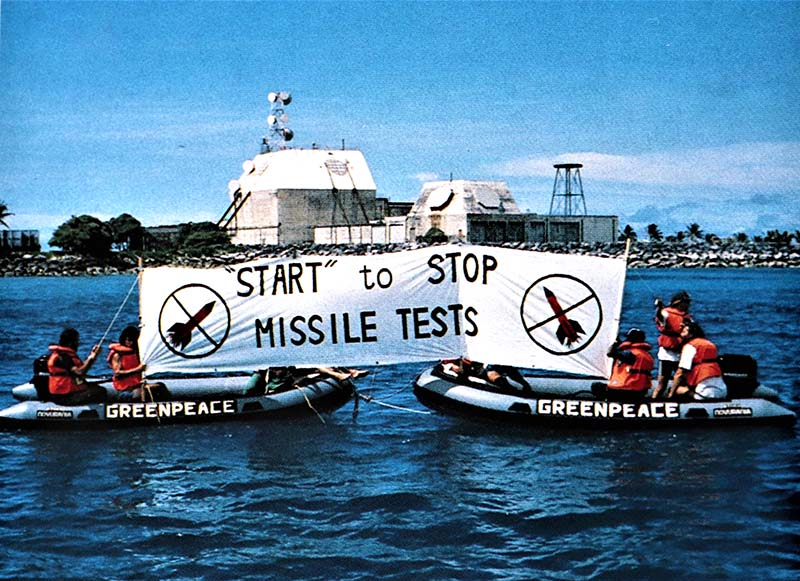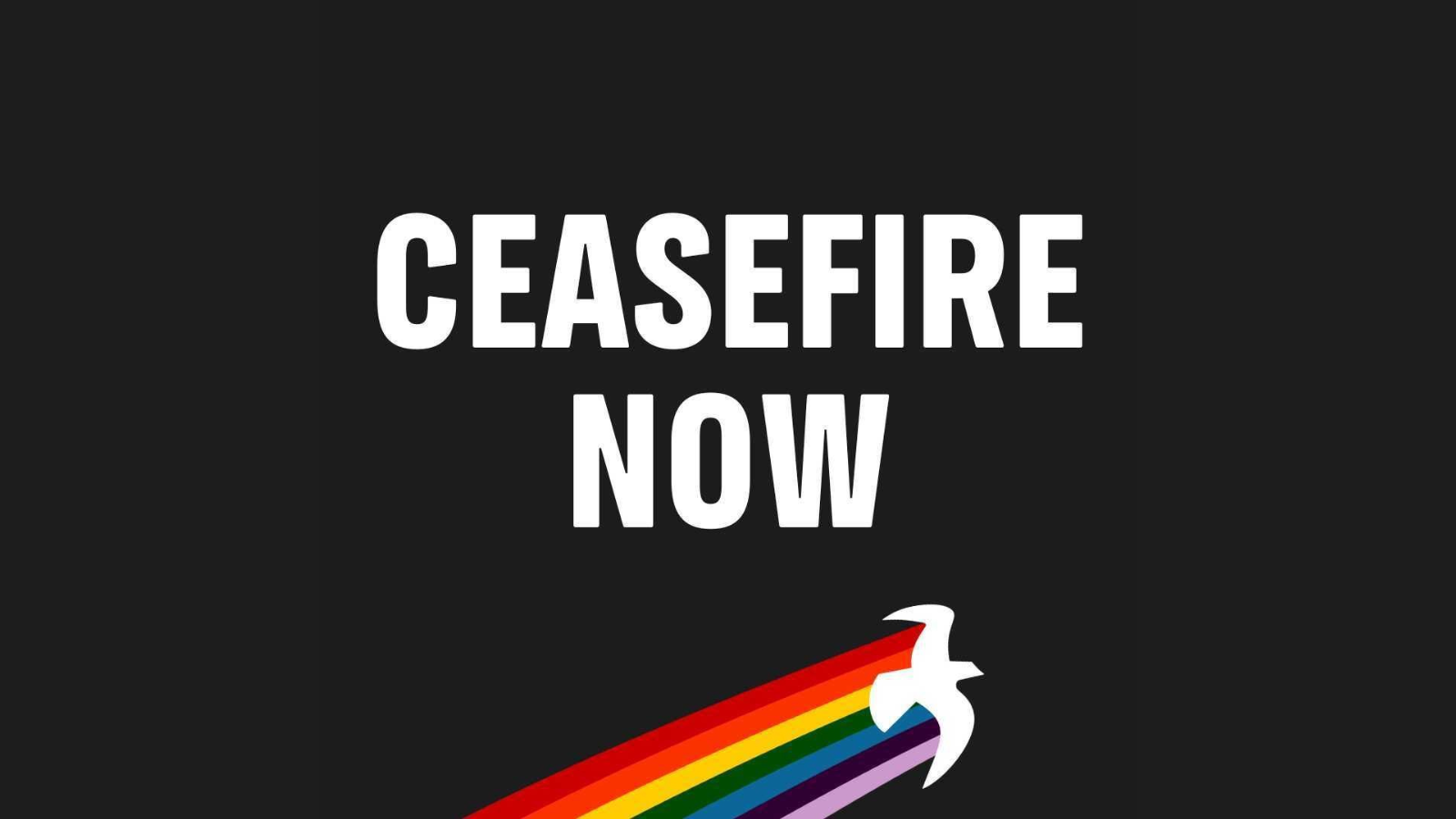This article is a guest post and doesn’t necessarily represent the views of Greenpeace.
A year into its foreign policy “reset”, documents obtained under the Official Information Act reveal that the coalition government is further unwinding New Zealand’s independent foreign policy through military entanglements that bind New Zealand ever closer to the United States.
While downplaying potential involvement in the proposed AUKUS Pillar Two, the coalition government has joined a network of new strategic groupings to the same end. These include the Partnership for Indo-Pacific Industrial Resilience (PIPIR) to link defence supply chains, Operation Olympic Defender for warfighting in space, Project Overmatch for interconnected naval warfare, and NATO Indo-Pacific Four “flagship projects” on artificial intelligence and cyber capabilities.
The announcement of $12 billion in new defence spending over the next four years comes as the coalition government talks of “enhancing” the ANZUS alliance, “interoperating” with Five Eyes, and “integrating” with Australia as an ANZAC force.
By extension, these initiatives “strategically align” New Zealand with the United States and enmesh our military with AUKUS and NATO. This positioning risks New Zealand’s sovereignty and security in multiple ways.
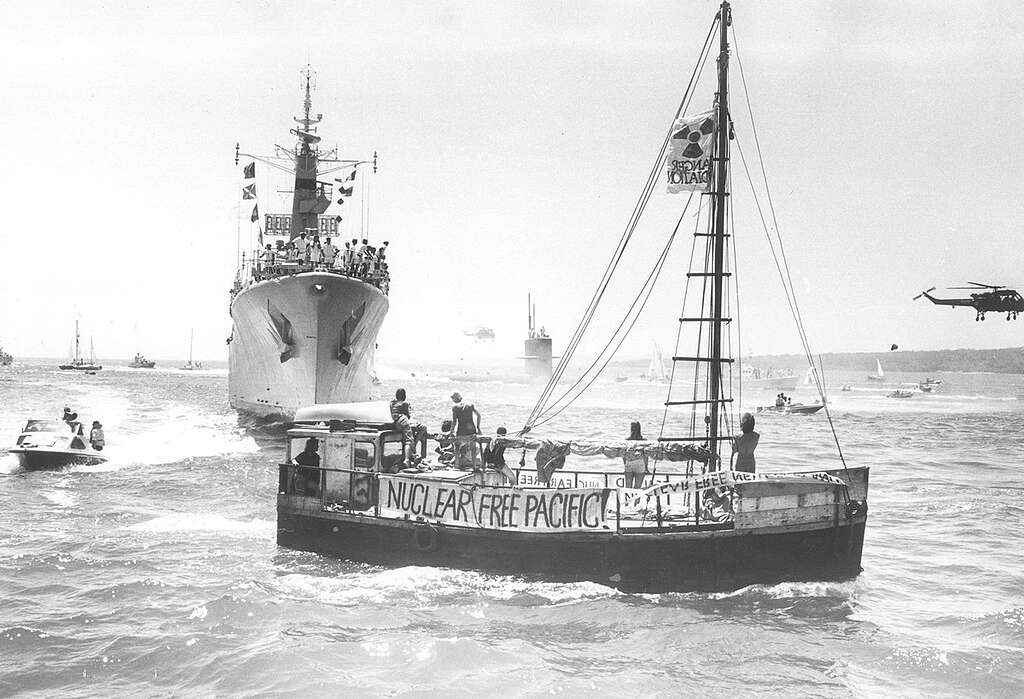
Acting as allies brings no guarantees except expected tribute.
The coalition government insists New Zealand “can only protect our interests by working with traditional partners with whom we have a shared strategic assessment”—effectively returning us to the “Western alliance diplomacy” of the Cold War. But as the United States threatens Canada and Greenland and withdraws from European security, such associations are rapidly becoming unstable and even irrelevant.
Australia’s all-out effort to demonstrate its worth was met by the US President asking, “what does [AUKUS] mean”, rejecting any tariff exemptions, and demanding that Australia further increase its defence spending. This is despite Australia funding $US3 billion in subsidies to the US nuclear submarine industrial base, and it should serve as a stark warning of the nature of US demands.
Meanwhile, New Zealand has been lying low, refusing to speak out against the sanctions imposed by the US on the International Criminal Court or against Israel’s ongoing onslaught on Gaza. Winston Peters went to Washington asking “what they want of us”, but returned with no preferential treatment—New Zealand exports now face unreasonable and nonsensical tariffs.
Deference to the US is not only distasteful; it is also undermining New Zealand’s previously independent, principled voice and its capacity to maintain diverse relationships. As a small nation that has long relied on multilateralism and international law, New Zealand cannot afford to sacrifice diplomatic autonomy as it chases fickle favour.
Aligning with US strategic interests exposes New Zealand to significant risk.
By aligning with the United States and further integrating with Australian defence arrangements, the coalition government has appended New Zealand to US power projection in the Asia-Pacific and risks dragging us into others’ wars.
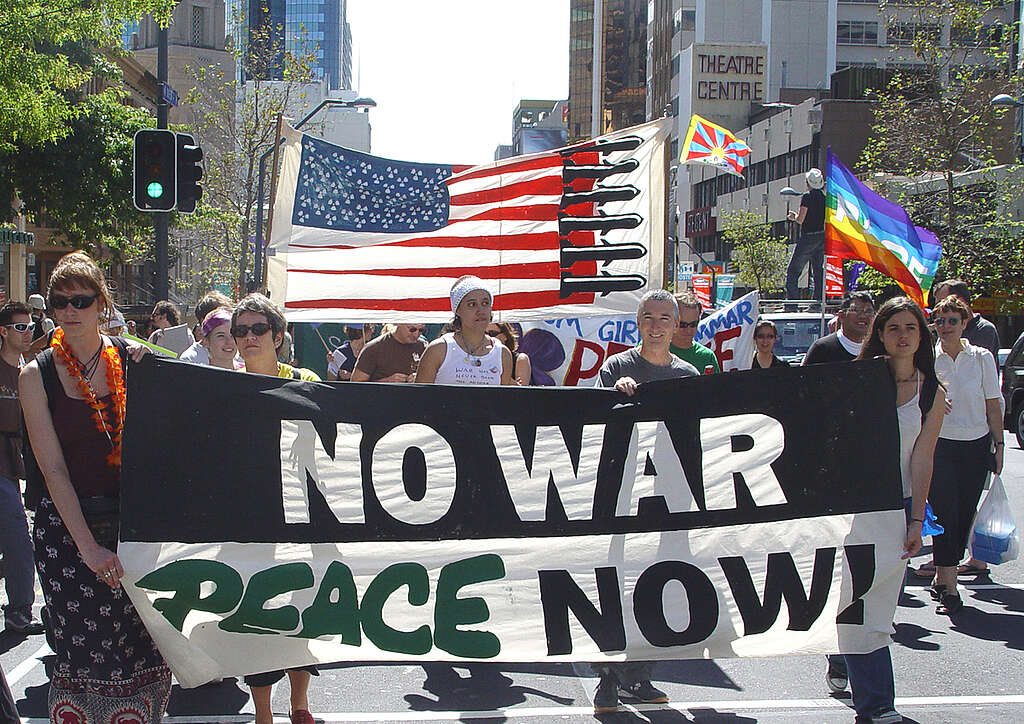
The coalition government’s Defence Capability Plan will increase military expenditure to an estimated 2% of GDP, with a focus on high-tech warfighting capabilities like missiles and drones to “enhance lethality”, contribute to “deterrence”, and act as a “force multiplier”. Given New Zealand’s negligible hard power in the event of actual war, such spending risks becoming costly alliance symbolism rather than appropriate defence policy centred on regional needs like humanitarian assistance and disaster relief, peacekeeping, and fisheries patrols.
It also means footing the bill for US strategic interests with no security guarantee or free trade deal, leaving New Zealand exposed. Canberra is already learning this the hard way. As AUKUS founders under US industrial shortfalls, Australia faces a possible future with no sovereign submarine capability for the first time in decades, while serving as a mere staging ground for US nuclear bombers and submarines. Prominent analysts like Professor Hugh White suggest Australia has made itself a target while undermining the defence of continental Australia.
The New Zealand coalition government continues to explore involvement in AUKUS Pillar II, with officials suggesting that it has “the potential to be supportive of our national security, defence, and foreign policy settings”. Currently, they are “[engaging] AUKUS counterparts informally to explore technological focal areas where New Zealand is best equipped to target initial participation”. Declassified documents highlight “the strategic imperatives of AUKUS Pillar II” and “the potential risks of non-participation… including to our relationships with close partners, interoperability, access to important capabilities, ability to contribute credibly to regional defence and security, and economic impact (including supply chain access)”. Implications for our nuclear-free stance, Pacific relationships, and major trade relationship with China go unmentioned or are redacted.
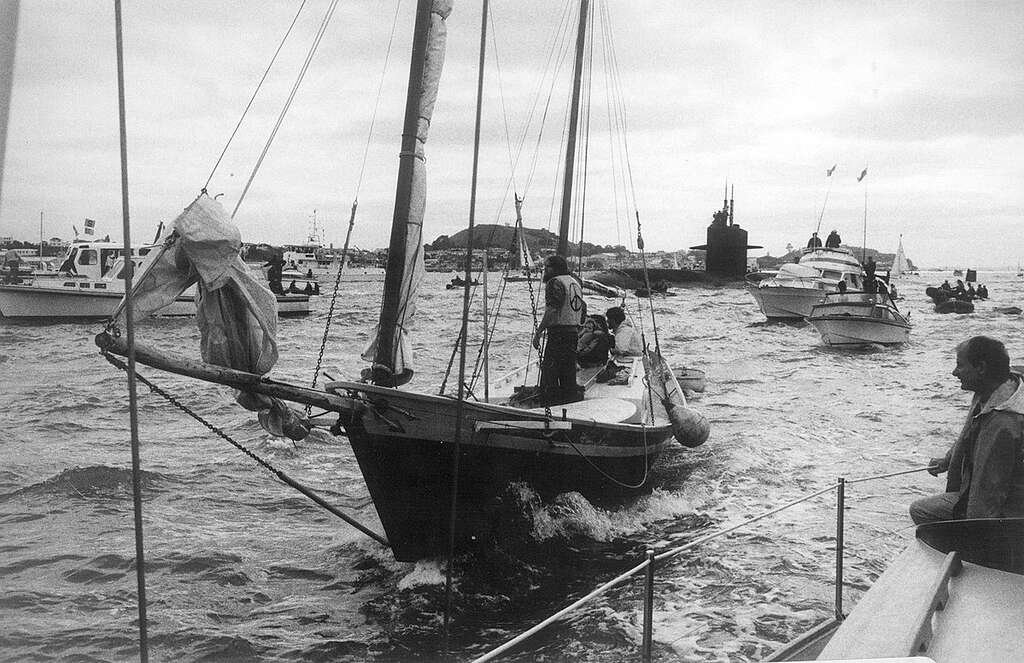
Such considerations are heightened with the revelation that New Zealand has joined the US Navy’s “Project Overmatch” unannounced, alongside participation in the US Army’s “Project Convergence”. These initiatives are part of the US military’s Joint All-Domain Command and Control (JADC2) effort to develop highly-networked military technologies—for example, those that link drones to AI targeting systems and guided munitions through satellites in so-called “kill-webs”. As with Australia, New Zealand’s strategic relevance is evolving and our southern skies have been identified as suitable for responsive launches in the event of such satellite warfare.
But unlike the United States, New Zealand does not support the use of autonomous and nuclear-capable weapons systems in conflict. Recent controversy over Rocket Lab’s deepening role in US national security, the US Administration’s leaking of war planning via a group chat, and the unobserved operation of a foreign partner capability within New Zealand’s intelligence community highlight the need to scrutinise to what purposes our intelligence is being put .
New Zealand’s geographical isolation supports a significant degree of strategic independence. New Zealand faces no direct military threat, and should neither bring one closer nor head towards one. We should stay close to those regional neighbours we trust and preserve distance from larger outside powers.
Selfishness weakens regional security.
The coalition government has increased activity in the Pacific, but with an insensitivity that risks further alienating partners already grappling with shifting US priorities in its regional competition with China.
While Winston Peters implored continued Pacific engagement in Washington, the Administration’s withdrawal from the Paris Agreement and dismantling of USAID suggests that the only likely American presence will be military. In Guam last month, Defence Secretary Pete Hegseth spoke of further build-up to prepare for potential conflict with China.
Even as the region is remade into a theatre of war, Pacific nations remain clear that they are friends to all and enemies to none. This year, Pacific Islands Forum leaders will consider declaring an “Ocean of Peace” to insulate the region from external rivalries and promote regional stability. In doing so, they seek to advance an alternative vision for collective security based on climate action, sustainable development, and nuclear disarmament.
New Zealand could support regional peacebuilding by investing in development and diplomacy. Instead, it is exhibiting a disregard for Pacific priorities like climate change and the ocean ecosystem. This, alongside signalled aid cuts and increased military spending, only serves to diminish New Zealand’s influence and contributes to militarisation, making us less safe in our immediate region.
Conclusion: Going our own way works.
New Zealand’s security and prosperity depend on foreign policy choices that reflect our long-held core values and national interests. Stepped up strategic alignment with the United States undermines our principled diplomacy, our capacity to sustain diverse relationships, and our regional and global credibility. Instead of being bound by military entanglements, New Zealand must prioritise peace, multilateralism, and regional stability.
In an increasingly uncertain world, our best strategy is independence, not subservience.
Helen Clark is a former Prime Minister of New Zealand and a former head of the United Nations Development Program, and Marco de Jong is a Pouako/Lecturer, Te Kura Ture/School of Law, Te Wānanga Aronui o Tāmaki Makaurau/Auckland University of Technology.
Originally published in the NZ Herald. Republished with permission.

